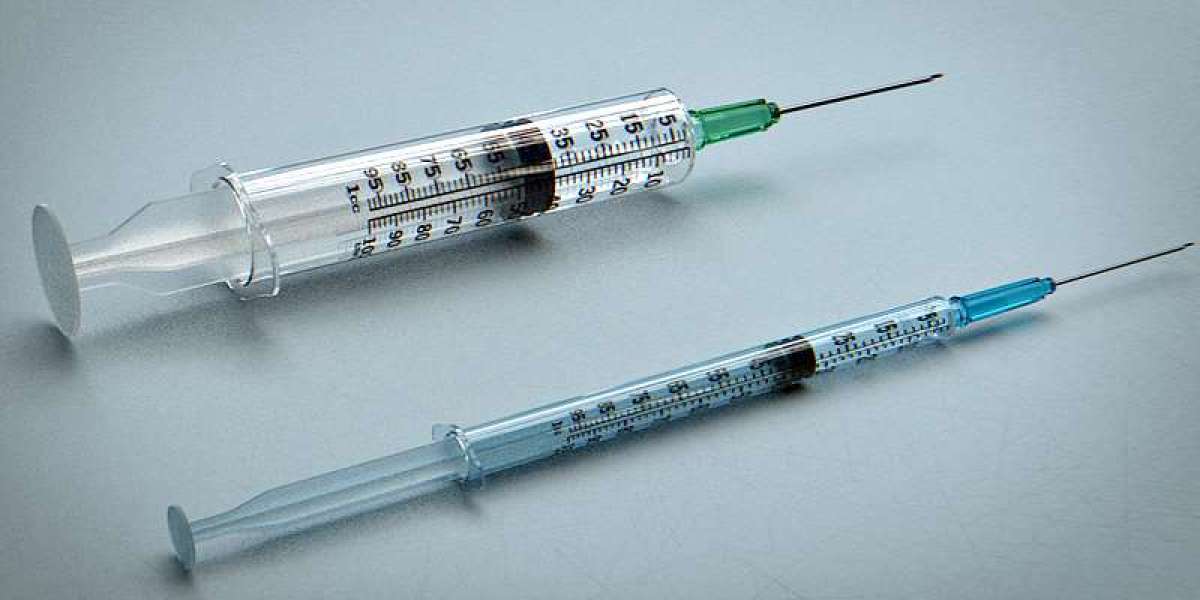The syringes and needles market is essential to modern healthcare, but it is not without its constraints. Despite rising demand and innovation, various restraining factors continue to challenge the industry’s growth. These range from regulatory complexities and cost pressures to environmental concerns and limitations in healthcare infrastructure across developing regions.
A primary restraint affecting the market is the tightening of global regulatory standards. Governments and international health organizations have introduced strict guidelines around syringe design, safety features, sterilization, and disposal protocols. While these rules are crucial for patient safety, they also extend the product development cycle, increase compliance costs, and create entry barriers for smaller or emerging manufacturers. Navigating different regulatory frameworks across countries adds another layer of complexity, particularly for companies aiming to expand globally.
Raw material volatility represents another significant challenge. Syringes and needles are predominantly made from medical-grade plastics and stainless steel, the prices of which are susceptible to global market fluctuations. Spikes in resin or metal costs can substantially raise manufacturing expenses, affecting pricing strategies and profit margins. Manufacturers often find themselves caught between absorbing these costs or passing them on to end-users—either of which can hinder competitiveness or affordability, especially in price-sensitive markets.
Waste management is another growing concern that restricts market momentum. The single-use nature of most syringes contributes heavily to medical waste, which poses a serious environmental and health risk if not properly managed. Developing countries, in particular, often lack the infrastructure to handle large volumes of used syringes, leading to unsafe disposal practices and heightened infection risks. Pressure from environmental regulators and public health advocates to find sustainable alternatives is mounting, yet transitioning to eco-friendly designs requires significant R&D and retooling investment, which many companies are not prepared to make in the short term.
Healthcare infrastructure disparities between regions also limit market expansion. While demand for syringes is high in emerging economies, logistical issues, inconsistent electricity supply, inadequate cold storage, and limited healthcare worker training can hinder safe and effective use. These challenges reduce the feasibility of introducing advanced syringe technologies in certain areas, thereby capping market penetration and slowing sales growth in potentially high-demand zones.
Cost sensitivity in public procurement systems presents another restraint. Many governments and non-governmental organizations procure syringes in bulk for vaccination programs and public health initiatives. However, budget constraints often lead to decisions based solely on price rather than quality or innovation. This dynamic discourages investment in premium products or advanced safety features, effectively limiting the market for more sophisticated and safer devices in large-scale settings.
Counterfeit and substandard products are also a growing problem, especially in low-regulation environments. The availability of low-quality syringes poses risks to both patients and the credibility of legitimate brands. Not only do these products undercut pricing for certified manufacturers, but they also undermine trust in injection devices overall, creating hesitation among consumers and healthcare providers alike.
Inconsistent reimbursement and insurance coverage for injectable treatments is another challenge. In many countries, insurance policies may not fully cover the cost of necessary injection equipment, especially when self-administered or used outside of a hospital setting. This can deter patients from pursuing or adhering to injection-based therapies, particularly for chronic conditions that require frequent dosing.
Supply chain disruptions, highlighted during global events like the COVID-19 pandemic, have further exposed vulnerabilities in the syringes and needles market. Shortages of key materials, transportation delays, and reliance on specific geographic regions for manufacturing created bottlenecks that affected global distribution. These issues revealed a need for more resilient and diversified supply chains, but restructuring logistics networks can take time and considerable investment.



